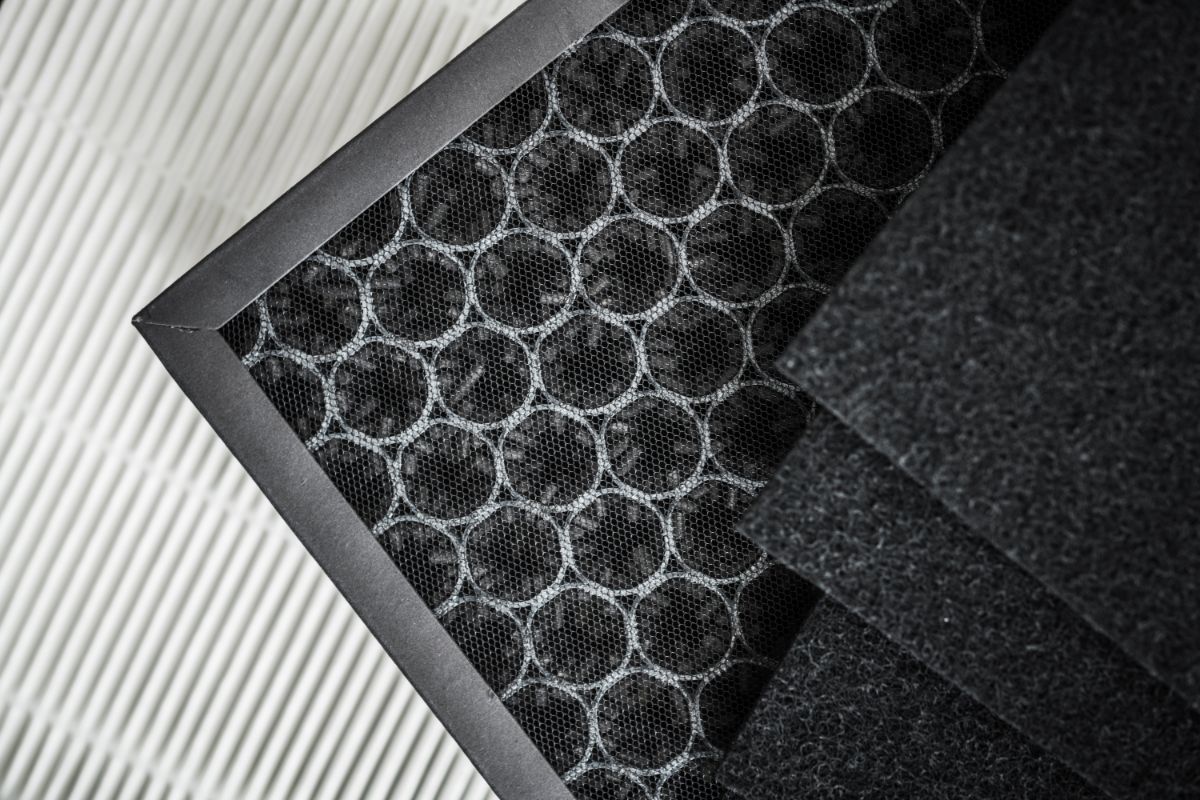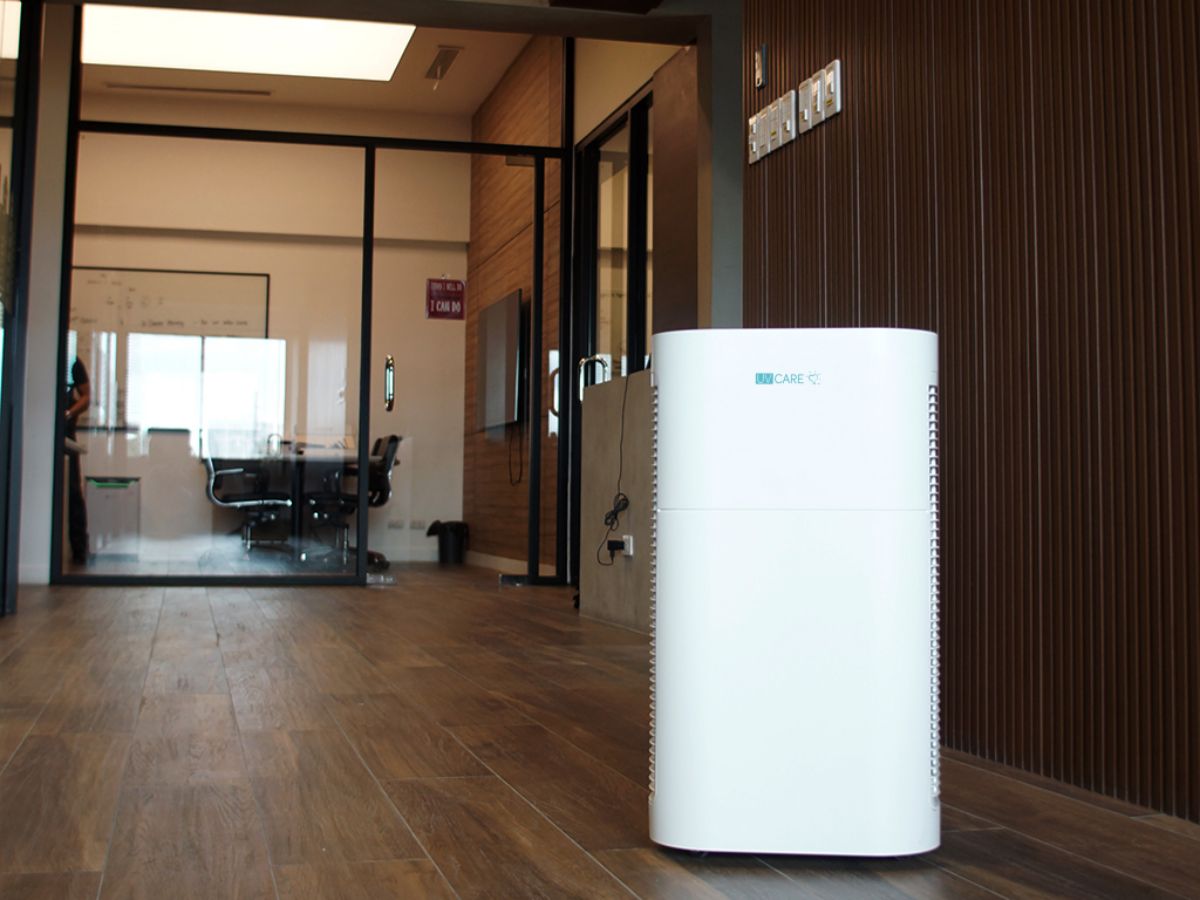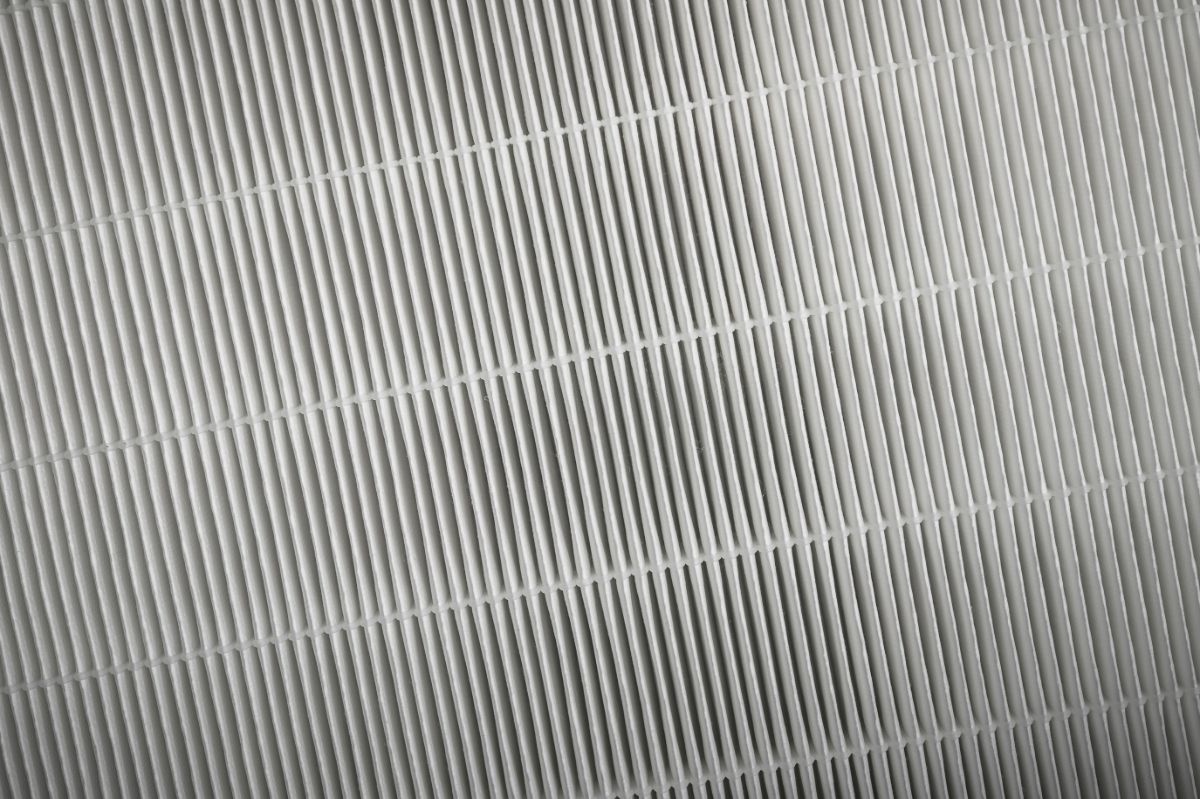What are the differences between a Merv 13 and HEPA filter?
- Efficiency in capturing small particles
Nowadays, homeowners and business owners alike are looking to protect themselves against the transmission of many diseases, such as COVID-19. Many infection cases in enclosed spaces can occur due to airborne transmission, making air quality a point of concern.
The American Society of Heating, Refrigerating and Air-Conditioning Engineers (ASHRAE) provides many guidelines on how to prevent such illnesses, including using air filters with MERV or HEPA filters. Not sure what these devices are, or what they mean for your safety? Read on to learn about the differences between MERV 13 and HEPA filters.
What Is MERV and a MERV 13 Filter?
Improving indoor air quality is important as people spend more time indoors than ever. Using them not only serves as a preventive measure against airborne pathogens, but also against disease-causing viruses, bacteria, germs, and molds. This component is typically described using two different metrics: MERV and HEPA.
MERV stands for “Minimum Efficiency Reporting Value”. It’s important to remember that MERV is not a filter type, but a rating system determined by ASHRAE. All air filters have a MERV rating and show how efficient they are at removing very small particles of 0.3 up to 10 micrometers in size.
MERV ratings go from 1 to 20, where a higher number means a more efficient filter and a better likelihood of catching these micron-sized particles. The following chart indicates some of the particles that air filters can capture based on their MERV ratings:
| MERV Rating | Particles Removed |
| MERV 1 – MERV 4 | Pollen, dust mites, carpet fibers, pet dander, spray paint |
| MERV 5 – MERV 8 | Mold spores, hair spray, household cleaning sprays, furniture polish, kitchen aerosols |
| MERV 9 – MERV 11 | Lead dust, auto fumes, welding fumes, flour |
| MERV 12 – MERV 16 | Wildfire smoke, respiratory droplets, bacteria |
| MERV 17 – MERV 20 | Viruses, carbon dust, microscopic allergens |
What Is A HEPA Filter?

HEPA, on the other hand, stands for “High-Efficiency Particulate Air”. HEPA filters are extremely efficient and effective in capturing and removing air pollutants. Air filters must meet a strict requirement to be considered a true HEPA filter — the ability to capture 99.97% of pollutants that are as tiny as 0.3 microns.
This size is referred to as the “most penetrating particle size” (MPPS). In simpler terms, it means it’s so small that it could easily pass through regular air filters. For comparison, your hair is only about 70 microns wide! So you can imagine how stringent HEPA filters must be to perform their job.
There are also different HEPA filter classes for air purifiers, with H14 being the highest tier of filtration. This class is considered medical-grade and can remove up to 99.995% of all harmful, airborne particles. H14’s powerful filtration capabilities make them the preferred choice for larger spaces as well as hospital facilities. Since the COVID-19 pandemic began, many industrial and commercial facilities choose to install HVAC systems with HEPA filters to keep both employees and guests safe.
The Difference Between A MERV 13 and HEPA Filter

The main difference between a MERV 13 filter and a HEPA filter has to do with the size of particles each kind of filter can capture, and how effectively they can do this.
Efficiency In Capturing Small Particles
MERV 13 filters can capture no more than 75% of particles anywhere between 0.3 to 1.0 microns in size. HEPA filters capture at least 99.97% of particles that are 0.3 microns in size. It even performs better for particles above this range, capturing things like pet dander, dust mites, pollen, and more at very nearly 100%. This is because HEPA filters are always rated on a “worse case scenario” basis, meaning these ratings show their worst-case efficiency. At their best, HEPA H14 filters can reliably capture up to 99.995% of particles sized at 0.1 microns.
A MERV 13 filter may do an excellent job of capturing particles — more so than let’s say a MERV 8 or MERV 4 filter. With one, you could take away most of the smoke, respiratory droplets, and airborne bacteria in a room. But, they simply cannot do the same when it comes to smaller microbes — not like a HEPA filter can.
With new health threats brought by the pandemic, and even more long-standing health concerns like tuberculosis and flu, more and more homeowners and business owners are looking for ways to protect their loved ones, employees, and customers from disease and illness. Luckily, devices carrying high-grade HEPA filters, such as UV Care’s Super Air Cleaner Pro provide the best solution to this health dilemma.
With its medical-grade H14 HEPA filter infused with our patented ViruX® Technology, this device instantly kills viruses and bacteria up to 0.1 microns small — making sickness an easy-to-remove problem for you and your facility.
Key Takeaway
In this article, we looked closer into the differences between a MERV 13 and HEPA filter. When it comes to air filters, the more efficient, the better. Considering all the health threats that we face today, an upgrade to a HEPA filter can go a long way in protecting everyone’s health.
At UV Care, we go above and beyond industry standards to create the best devices to improve your indoor air quality. We use superior medical-grade materials as well as advanced UV-C germicidal technology to keep our users safe. Check out UV Care’s wide range available for sale in the Philippines today!

